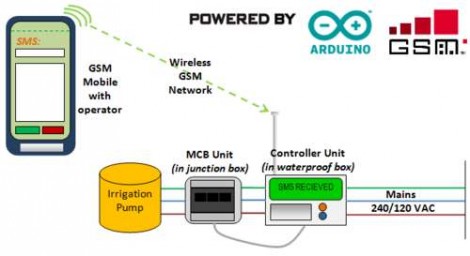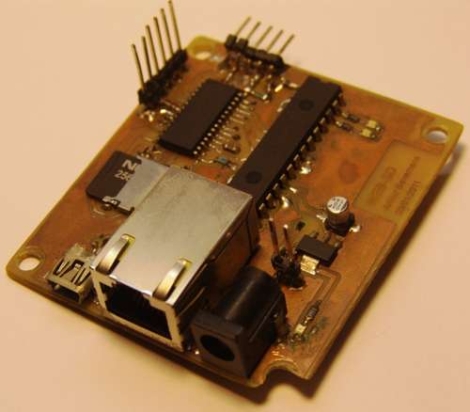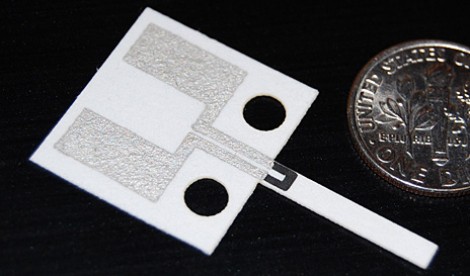
It looks like this low-end Sennheiser HD speaker has the same internals as it’s better-brother but has been altered to reduce sound quality. It’s not uncommon for manufacturers to hobble a product in order to sell more units at a lower price that reflects less features. Linksys WRT54G routers immediately come to mind, or perhaps the more recent Rigol 100 MHz oscilloscope hack is a better example.
In this case, that black piece of foam on the left has been added to the 555 version of the hardware to decrease the sound quality you get from the much more expensive 595 model. Take it out and you’ve got an upgrade that would have cost you more than a hundred bucks. Don’t think this is the only difference? There is a bit of a difference in case design, but [Mike Beauchamp] also found that if you acquire a replacement driver for either model you’ll get the same part.














